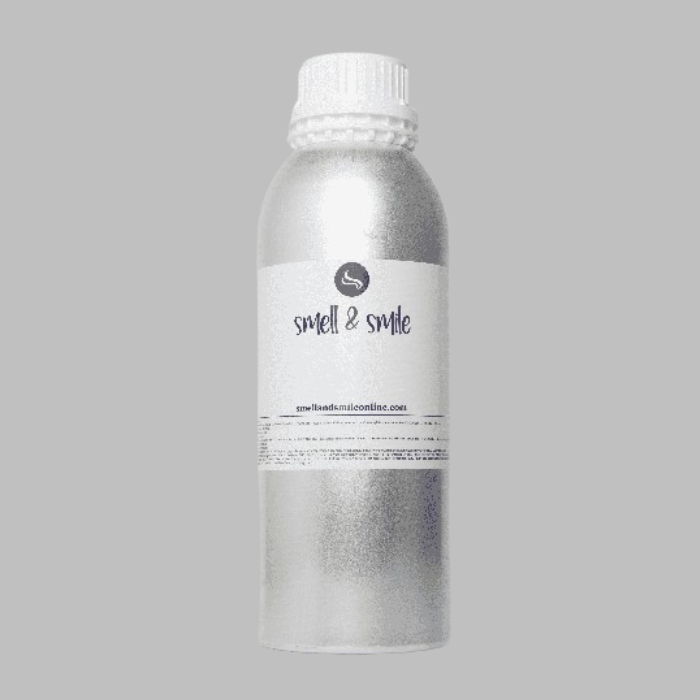Creating Your Own Signature Fragrance with Smell and Smile Perfume Oils
Crafting a signature fragrance is a deeply personal and creative process, allowing you to express your unique style and preferences through scent. At Smell and Smile Trading LLC, we offer a vast selection of high-quality perfume oils, making it easy for you to design a fragrance that is truly your own. Whether you’re a seasoned perfumer or just beginning your journey, our products provide the perfect foundation for creating something special.
Step 1: Define Your Fragrance Concept
Before you start blending, it's important to have a clear idea of the type of fragrance you want to create. Consider the following questions to help you define your concept:
- What mood or emotion do you want your fragrance to evoke? Do you want something fresh and invigorating, warm and comforting, or perhaps exotic and mysterious?
- What are your favorite scent families? Think about whether you’re drawn to floral, woody, citrus, oriental, or gourmand notes. Identifying your preferences will guide your choice of perfume oils.
- Who is your target audience? If you’re creating a fragrance for personal use, it should reflect your own tastes. If it’s for a brand or business, consider what will appeal to your customers.
Step 2: Choose Your Perfume Oils
With your concept in mind, it's time to select the perfume oils that will form the foundation of your fragrance. At Smell and Smile, we offer over 2,000 high-quality oils, giving you endless possibilities for customization.
-
Top Notes: These are the first scents that hit your nose and create the initial impression. Consider using lighter, more volatile oils like citrus, herbal, or aquatic notes for a fresh opening.
-
Middle Notes (Heart Notes): These form the core of the fragrance and emerge as the top notes fade. Floral, spicy, and fruity oils are common choices for the heart of the fragrance.
-
Base Notes: These provide depth and longevity, anchoring the fragrance. Rich, heavy oils like musk, vanilla, sandalwood, and amber work well as base notes, offering warmth and persistence.
Step 3: Blend and Test Your Fragrance
Once you’ve chosen your perfume oils, the fun begins! Start by blending small amounts of each oil, using a dropper to add one drop at a time. A common starting ratio is 30% top notes, 50% middle notes, and 20% base notes, but feel free to adjust this based on your preferences.
-
Create a Trial Blend: Combine the oils in a small vial and let the blend sit for a few days. This resting period allows the scents to meld together, revealing the true character of the fragrance.
-
Test and Adjust: After the resting period, test the fragrance on your skin or a scent strip. Pay attention to how the scent develops over time, from the initial application to the dry-down. If needed, adjust the blend by adding more of a particular oil to balance the fragrance.
Step 3:Finalize and Store Your Creation
Once you’re satisfied with your blend, it’s time to finalize your fragrance. Scale up the quantities if you plan to make a larger batch, and ensure that your measurements are precise to maintain consistency.
-
Dilution: Depending on your preference, you can dilute the perfume oil blend with a carrier oil, alcohol, or leave it as a concentrated oil. Dilution will affect the strength and projection of the fragrance.
-
Bottling: Store your final blend in a dark, airtight glass bottle to preserve its integrity. Label the bottle with the fragrance name, date, and any specific notes about the blend.

Comments
Leave A Reply
Your email address will not be published.